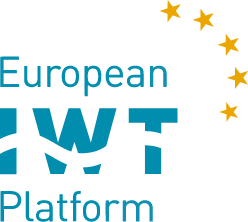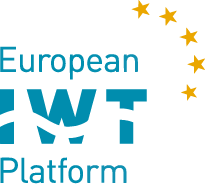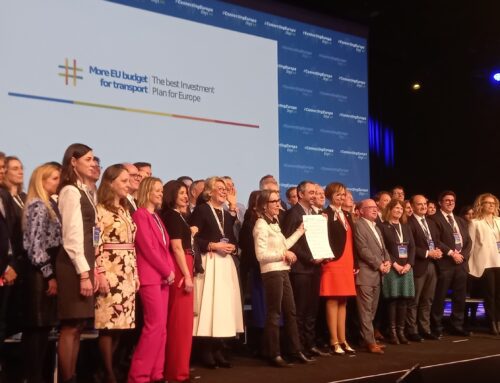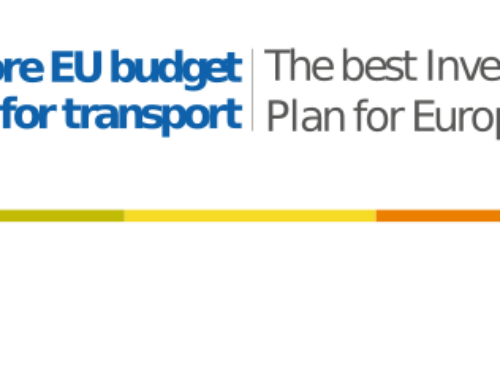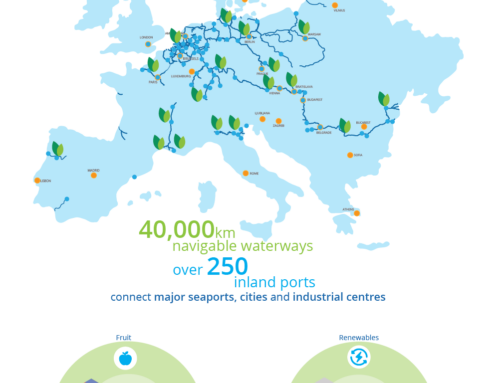In February 2021, the Central Commission for the Navigation on the Rhine (CCNR) in a partnership with the European Commission, has published its thematic report on the labour market in the European inland navigation sector.
The full report in English can be downloaded in PDF format or viewed directly online.
Moreover, it was recently translated to all CCNR languages and published:
- Report in French (and glossary sources)
- Report in German (and glossary sources)
- Report in Dutch (and glossary sources)
The report covers both inland waterway freight transport and passenger transport. Essentially, it describes a vast array of topics, including: development of employment and training, differences between the inland navigation in Eastern and Central Europe in comparison with Western Europe, problems of market structure and corporate succession, the age structure, income ratios and so on. The report examines situation and trends in individual countries as well. Social issues are also mentioned, such as working conditions and social security of employees in the river cruise sector, and the posting of workers.
One point to keep in mind though is that the main data the report is based upon predates the Covid-19 crisis. It is explicitly pointed out.
In a press release on the publication of the report, the CCNR highlights that the monitoring of labour market indicators in a given sector is particularly relevant to assess the situation of human capital in this sector and its future development. Human capital is one of the most important resources and a fundamental precondition for a high-quality performance and economic growth of a sector.
Relevant data
According to the Eurostat, the total number of persons employed (i.e. self-employed, helping family members and employees) in inland navigation in 2018 was approximately 48.266; of which 53% were in passenger transport and 47% in freight transport.
However, the data gathered in individual countries varies widely in terms of its completeness. Employees of temporary employment agencies were not counted for example, so the real total number is likely to be somewhat higher. The report also points out that only employment on board inland vessels was counted, not employment in loading and unloading activities in ports and in the operations of transport infrastructure, so this is not intended to be an indication of the total number of jobs created by the inland navigation sector. While Germany is the most important country for passenger transport, the Netherlands is for freight transport.
While the figures in passenger transport continued to develop upwards in the years from 2014 to 2019, the figures in inland freight shipping declined in the same period, both in terms of goods transported and employees. Nonetheless, a differentiation must be made between different segments of a freight transport. The development was more positive in the liquid goods and container markets. The employment figures in European inland waterway freight transport as a whole have declined. Yet, in countries of the interconnected European waterways the situation was different. France alone recorded a significant increase of 344 persons, while Belgium had a slight rise of 39 persons.
East to West Migration of Workers
A very high migration rate of the employees from East to West is striking. Germany is one of the main destination countries, and in inland navigation it employs mainly workers from the Czech Republic, Poland and Romania. Background to this situation is obviously a significant wage gap between the states of Eastern and Central Europe and the states of Western Europe. This is also a reason why a large proportion of the graduates from inland navigation schools in Eastern Europe move to Western Europe. For example, an estimated 60% of the students who graduated from the CERONAV training centre in Romania move and work in Western Europe, mainly in Germany and the Netherlands.
Important social aspects
In addition to the data on labour market, the report deals with numerous issues that are highly topical in the Social and Education Committee of the IWT Platform. First of all, it is about the working conditions in the river cruise sector that are of our high interest. Together with our partners we are looking for possible joint proposals of opinions and solutions at the European level to be presented in a near future. Another example is quite rarely in the spotlight, although most companies in the sector are affected by it. It is a so-called ‘A-1 Certificate’. This certificate is required from the workers when they are engaged in a cross-border employment. It confirms that its holder is a subject to the legislation of the country of residence (respectively the country of sending).
The report raises the very same question that the IWT Platform have already brought up earlier in a discussion paper on the Posting of Workers Directive. Would it be appropriate to introduce a specific directive on posting in inland waterways? It should be at least a subject to a thorough assessment. The Platform wants to closely discuss this point and introduce it in the context of the upcoming Fitness Check that will be carried out by the European Commission on some social regulations in inland navigation. It will also concern the Posting of Workers Directive. The Social and Education Committee is going to contribute with its expertise.
Andrea Beckschäfer
